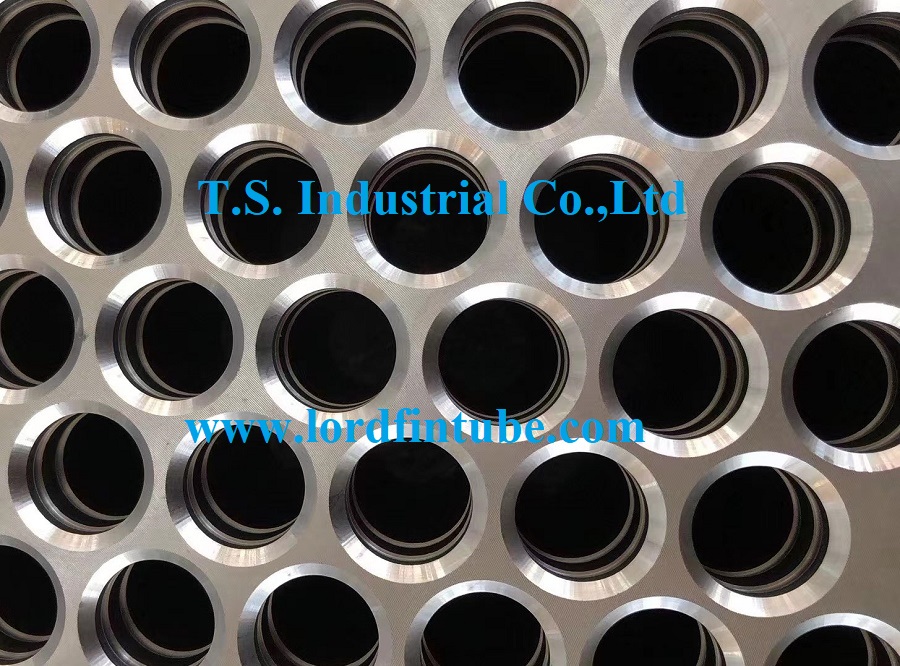Lord Fin Tube--Tube sheet layout
What is tube sheet layout?
A tube sheet is a component used in shell and tube heat exchangers and other types of heat transfer equipment. It is a flat plate with holes drilled in it, through which tubes are inserted and secured. The tube sheet serves as a barrier between the two fluids, allowing heat to be transferred from one to the other.
The layout of the tube sheet depends on the design of the heat exchanger, which includes the number of tubes, the size of the tubes, and the spacing between the tubes. The layout is typically determined using computer-aided design (CAD) software, which can optimize the placement of the tubes to achieve the desired heat transfer performance.
In general, the tubes are arranged in a triangular or square pattern on the tube sheet. The triangular pattern is often preferred because it provides better support for the tubes and reduces the risk of vibration and damage. The spacing between the tubes is also important, as it affects the flow rate and pressure drop of the fluids.
Other factors to consider in tube sheet layout include the material of the tube sheet and tubes, the thickness of the tube sheet, and the method of tube-to-tube sheet attachment. These factors can affect the mechanical strength and durability of the heat exchanger, as well as the ease of maintenance and repair.
1. Tube sheets are typically made of materials such as carbon steel, stainless steel, or titanium, depending on the application and the corrosiveness of the fluids being used.
2. The thickness of the tube sheet is determined based on the pressure and temperature of the fluids, as well as the size and number of tubes. Thicker tube sheets are needed for higher pressures and temperatures.
3. Tube-to-tube sheet attachment can be done using methods such as welding, expansion, or mechanical rolling. The method used depends on the material and size of the tubes, as well as the requirements for strength and durability.
4. The layout of the tube sheet can also affect the cleaning and maintenance of the heat exchanger. For example, a square pattern may be easier to clean, while a triangular pattern may be more difficult but provide better heat transfer performance.
5. Tube sheets may also include features such as baffles or impingement plates, which help to enhance heat transfer by disrupting the flow of the fluids and creating turbulence.
In some cases, multiple tube sheets may be used in a single heat exchanger, with each sheet serving as a barrier between different sections or types of fluids. These multi-pass arrangements can provide greater heat transfer efficiency and flexibility in system design.


